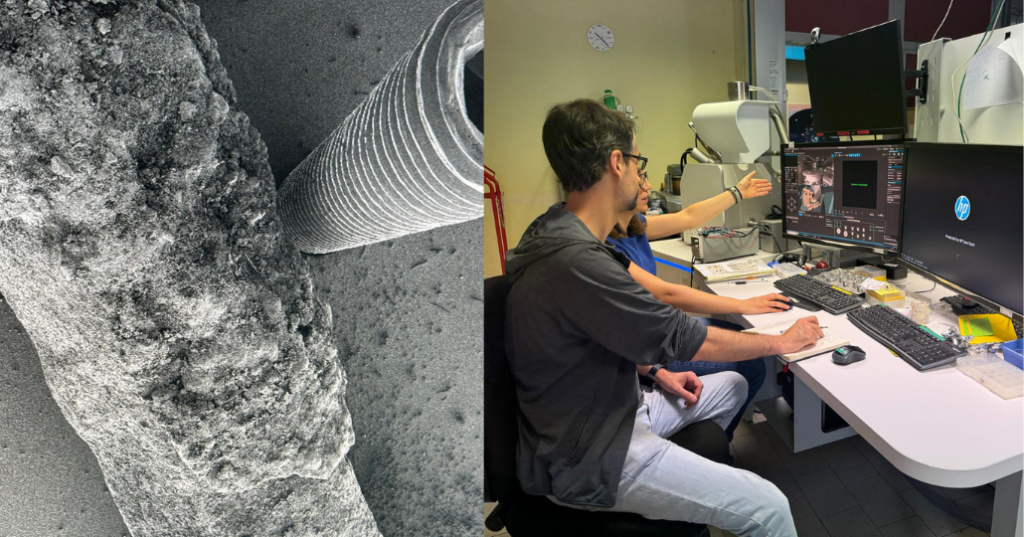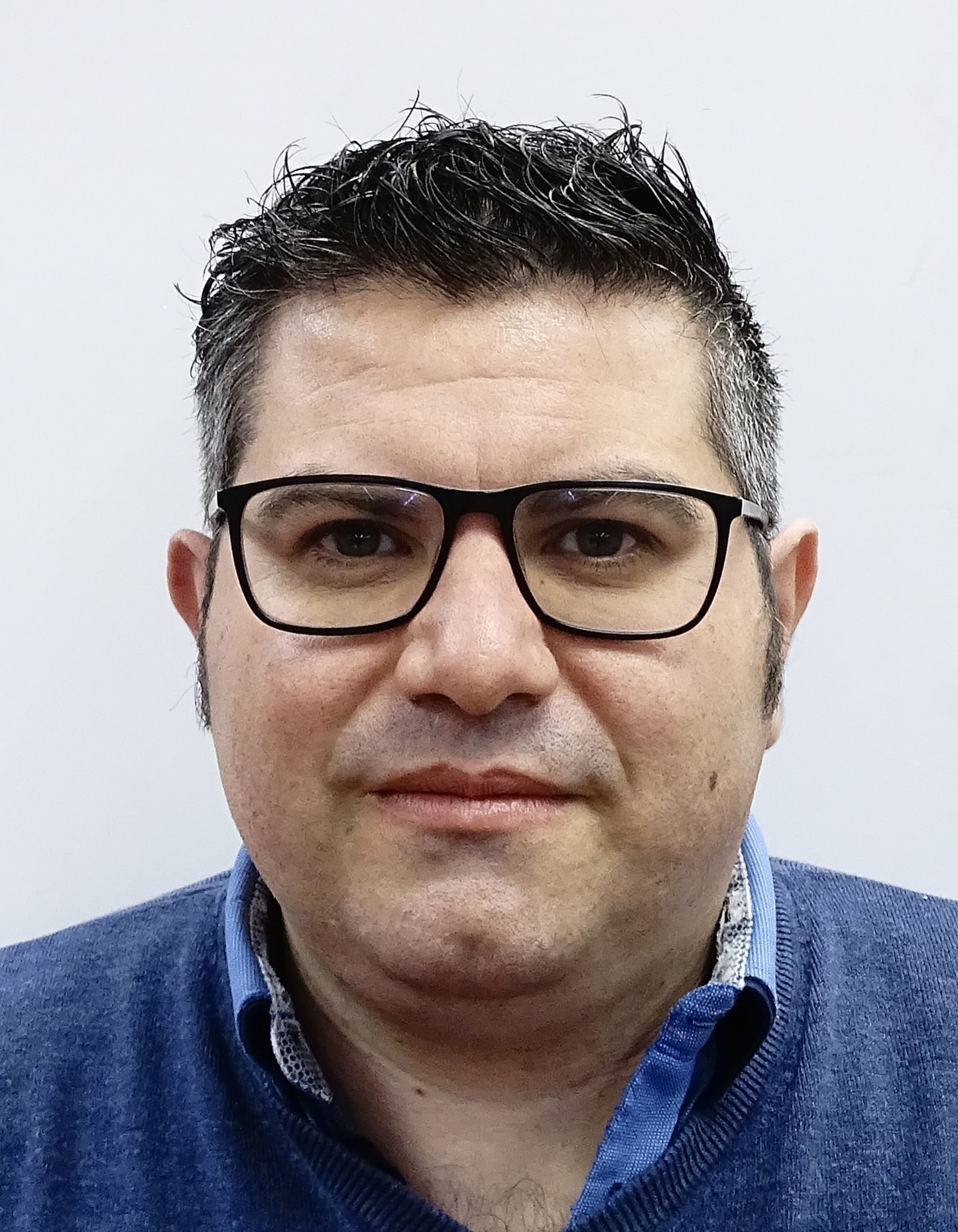SEM-AFM with Optical Profiler
General Information
Technique
Scanning Electron Microscope system with EDS and colocalized AFM under SEM observation with a tungsten filament source and a unique four-lens Wide Field Optics column. It is endowed with a giant vacuum chamber which hosts large samples and, beyond the mentioned AFM and a low vacuum and water vapor detector, a variety of ancillary equipment. These include Optical Profiler, nanomanipulation facilities, piezo micro-dynamometer. It will also be endowed with a separate STM instrument.

Tecnical description
The TESCAN VEGA is equipped with a variety of detectors: Everhart-Thornley Secondary Electron (SE), back-scatteredelectron (BSE) detector, an X-ray detector for EDS microanalysis (Oxford Instruments INCA 200), plus a low vacuum, ionization detector with the possibility of operation in water vapor. EDS microanalysis allows for identification of elemental distribution of sub-micrometer areas of the specimens, while low vacuum operation is of help with easily charged specimens. SEM main parameters are: high voltage range from 3 kV to 30 kV, beam current from 10 pA to 100 nA and a wide magnification range spanning from 50X to 1M X. Resolution is 3 nm @30kV in high vacuum condition and 3.5 nm @30 kV in low vacuum; 8 nm using the low vacuum detector at 30 kV. High-resolution is obviously achieved on conducting samples; for
non-conducting samples the microscope operation is also available in low vacuum, with a partial pressure from 7 up to 500 Pa in nitrogen or water vapor.The facility includes a sputter metal coater and a KLA Z20 optical profiler with z-scan resolution of 13 nm and x,y resolution of 90 nm for a 3D pre-observation–haracterization of the specimen surfaces. When necessary, the facility is also equipped with an on-site Quorum gold sputter coater, to be used to avoid electrical charging of highly insulating samples. The 34 liters vacuum vessel (340 x 315 x 320 cm 3 ) allows both for the mentioned variety of detectors and for the insertion of large samples and/or an
Research areas and applications
Fundamental Materials Research, Quality control and failure analysis, Technical Cleanliness, Forensics, Catalysis Research, Materials Testing (energy storage, automotive, etc).
Characterization of composite materials, solar cells and interfaces in medicine, LAB on Chip, MEMS e MicroFluidica, prosthetics, energy, robotics and microelectronics (3D metrology and in semiconductors). Topography and spectroscopic characterization of surfaces and
interfaces of polymers, cultural heritage.Science highlights
Experimental team

- Giovanni Romanelli
- NAST Centre - University of Rome Tor Vergata
- Professor

- Triestino Minniti
- NAST Centre - University of Rome Tor Vergata
- Professor
